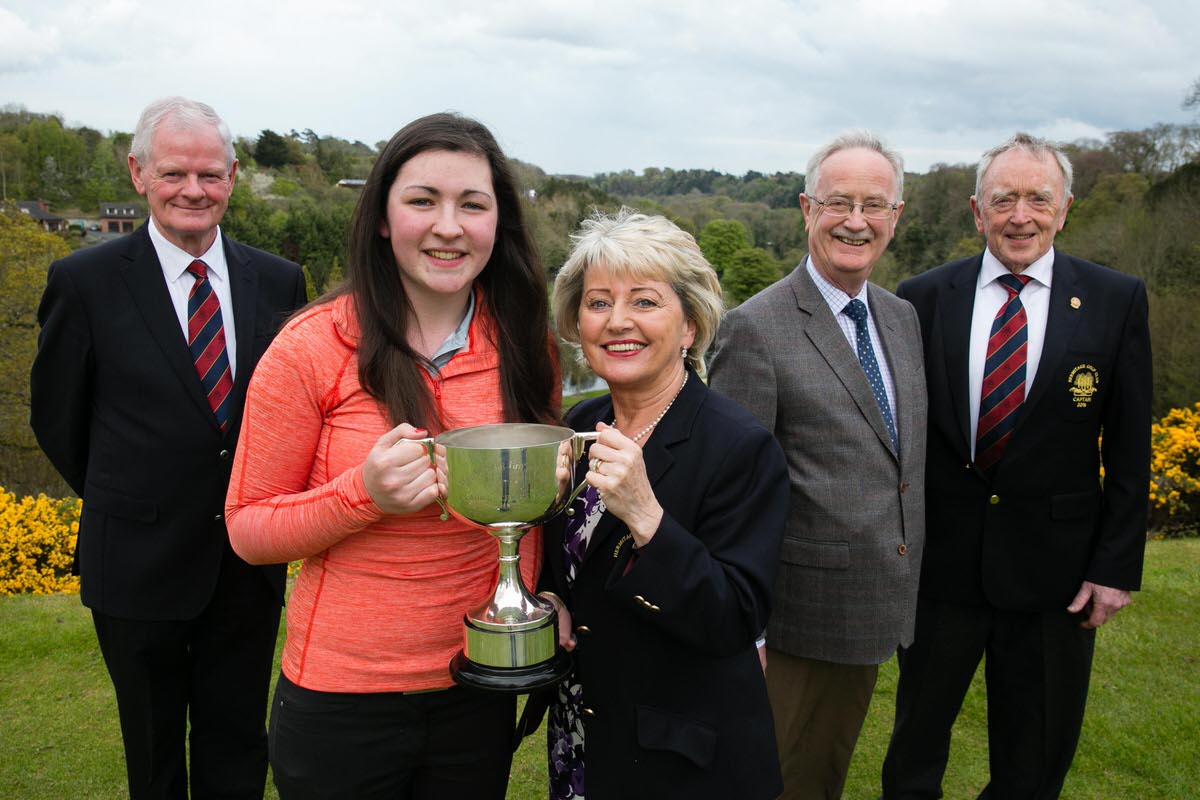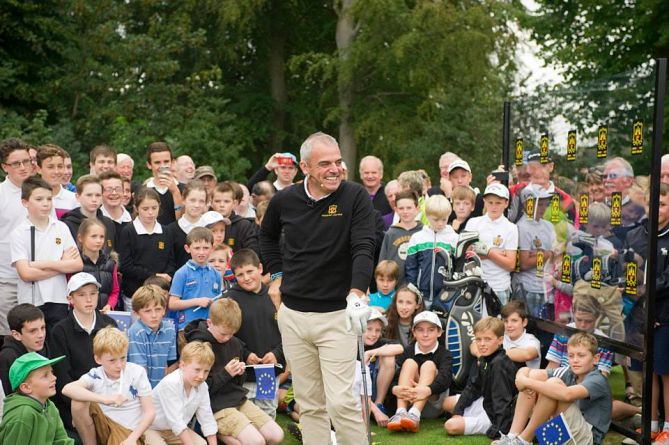Capital gains - Entrance fees still par for the course at Dublin parklands

The massive economic crash of 2008 might have set many Irish clubs on what's been dubbed the "race to the bottom" but Dublin's traditional parkland giants continue to be worth their weight in gold.
A recent report prepared by members of Hermitage Golf, situated in west Dublin with spectacular views of the River Liffey and the Strawberry Beds, charts the club's possibilities for the future and concludes that far from being in crisis, club golf in the capital remains very much a prized asset.
A colour brochure, entitled "To 2025 and Beyond", was presented to the members on March 3 last and it paints a positive picture of the future of the great parkland course, which was founded in 1905 as “The County Dublin Golf Club.”
In 1907, the club had to change its name to “The Hermitage Golf Club” following objections from the Royal Dublin Golf Club, who were already registered with the Golfing Union of Ireland, as it was felt the original name “might have caused confusion.”
The rest, as they say, is history and Hermitage is now one of Ireland's most prestigious clubs with 960 members — 750 men and 210 women — and big plans for the future.
While it has been 23 years since the club's last strategic review, the new document suggests that it is somewhat a matter of "Crisis? What Crisis?" in the financial affairs of the legendary old parkland clubs in the capital city.
There are still many challenges to be met following the estimated 20 percent fall-off in membership that many Irish clubs experienced during the first few years of the financial crisis that hit the country in 2008.
But despite all the doom and gloom that surrounded Irish golf since then, Dublin's trophy parkland clubs remained unafraid to ask for entrance fees, and it's a state of affairs that appears likely to remain unchanged for the foreseeable future.
The Hermitage report includes some fascinating data about its peer group — the other hugely respected and much-loved parkland courses that represented the creme de la creme of Irish golf before the advent of modern, 36-hole golf resorts such as The K Club or Carton House in neighbouring Co Kildare.
And so to keep pace, Hermitage appears likely to look at ways to broadly align their finances with their admired neighbours.
As the chart shows, entrance fees were very much par for the course in Dublin in 2016 with Elm Park charging €20,000, Milltown €19,740, Castle €14,800, Grange €12,000 and Woodbrook €10,000.
While Newlands and Hermitage now charge and entrance fee of €5,000 each, Hermitage peaked at €14,000 in 2008 and it now believes that targeting €10,000 by 2020 is a more than realistic target for such a well-loved and beautifully manicured course in one of the most densely populated areas of west Dublin.
In terms of the annual dues (subscriptions plus levies) paid by full male members, the fees charged remain broadly similar at the top seven Dublin parklands.
Milltown's fees remain the highest at €2,640 with Elm Park charging €2,348, Grange €2,010, Woodbrook €1,903, Castle €1,702, Hermitage €1,690 and Newlands €1,575 in 2016.
All clubs need a steady income stream and seek funds from a variety of sources with green fee revenue still a challenging area for many.
The €40 charged by Elm Park, Woodbrook, Newlands and Hermitage, the €50 at Grange and Castle or the €55 green fee at Milltown are still well below the desired rates for courses of their quality and history.
Hello, World!
To balance the books, clubs seek sponsorship from local businesses for individual holes while sponsored events, development draws, interest-free loans, the sale of life memberships and the thoughtful bequests of deceased members add to the coffers.
Knowing where your club is going is essential and that means knowing the age profile of your members.
Who exactly are today's golfers?
At Hermitage the age profile was like this in 2015:
With just 68 members between the ages of 20 and 29 (7%) and the vast majority (34%) between the ages of 70 and 89, it's clear that in common with most Irish clubs, it has an ageing membership.
The average age was 56.9 for men and 64.3 for women and with fewer than 70 men under the age of 30, remaining attractive to younger golfers under the age of 40 is a big challenge for the next few years.
With both spouses now obliged to go out to work at a time when leisure time is limited, golf clubs face some major challenges.
Having survived the economic maelstrom, the goal now is to attain stability and wipe out annual deficits.
At Hermitage, the report shows that the annual deficit grew from €83,000 in 2010 to €238,000 in 2014.
The club has worked hard to reduce that figure to just €140,000 at a time when income has remained steady at an average of €1.13m for the past seven years.
There are big challenges ahead but in some of Dublin's premier clubs at least, being a member of a golf club remains an attractive proposition.
As things stand, it appears that the entrance fee is here to stay.
As the people at Rolls Royce like to say, "The quality will remain long after the price is forgotten."
This feature first appeared in this week's 12-page Tee to Green Golf Supplement, free every Thursday with the Irish Independent.
Pick up your free Tee to Green supplement with Thursday's Irish Independent https://t.co/dl5b2jSCZo pic.twitter.com/EgYrkUbl1F
— Independent Sport (@IndoSport) April 20, 2017






